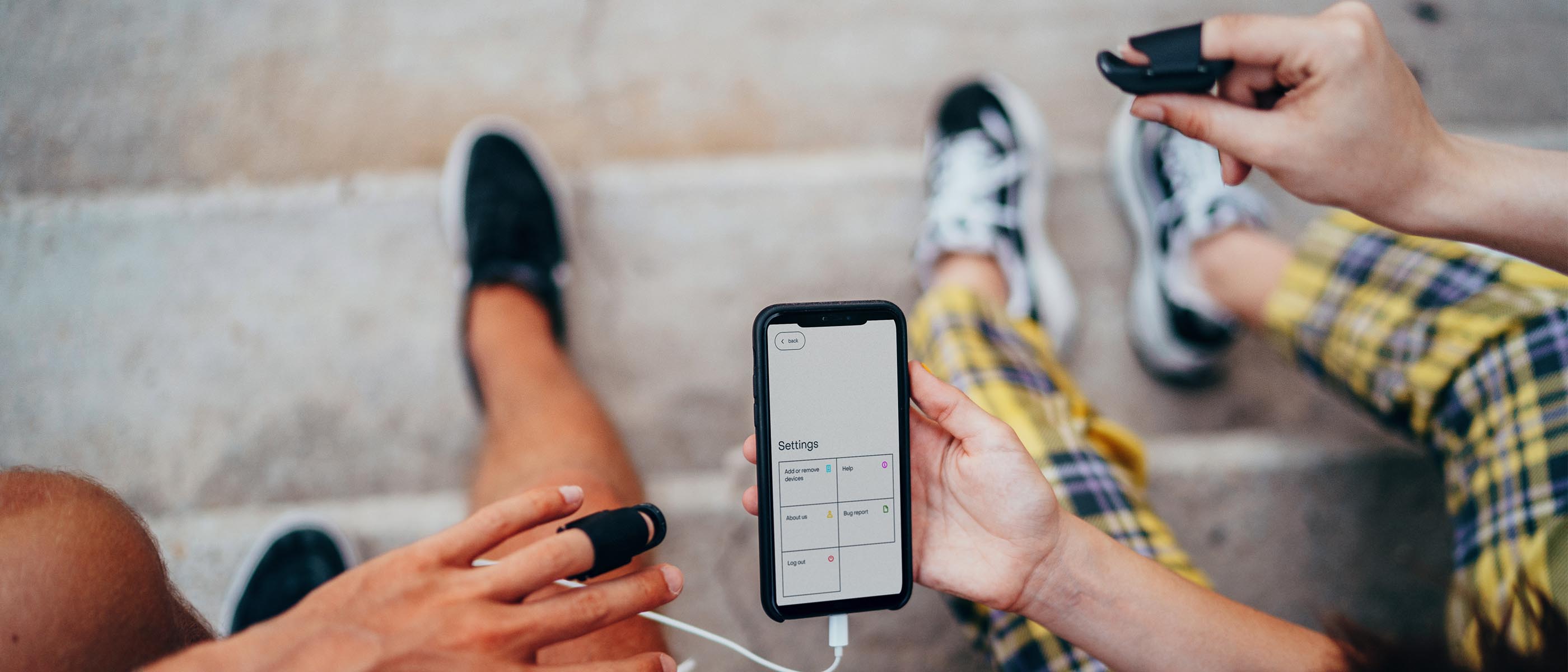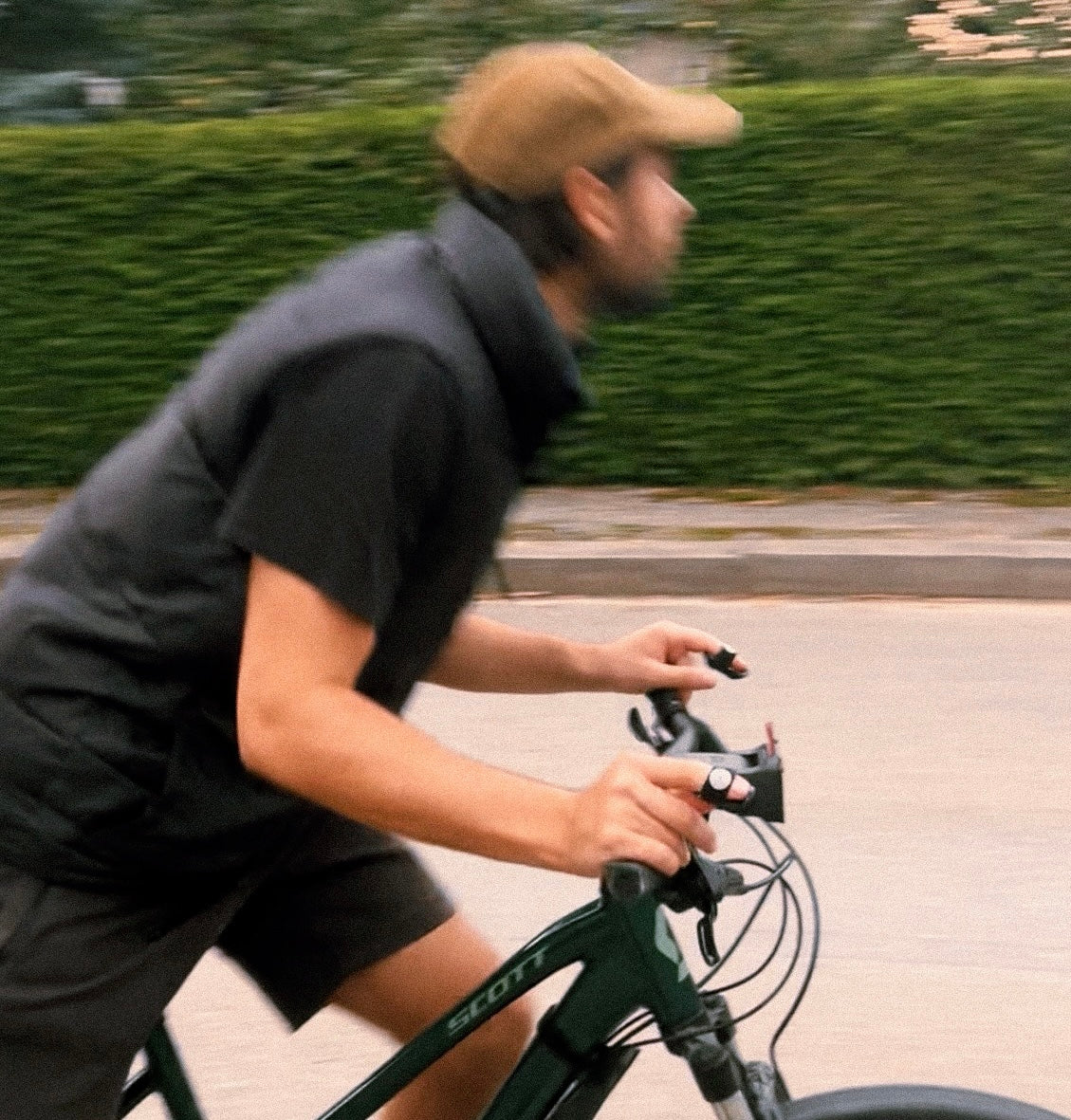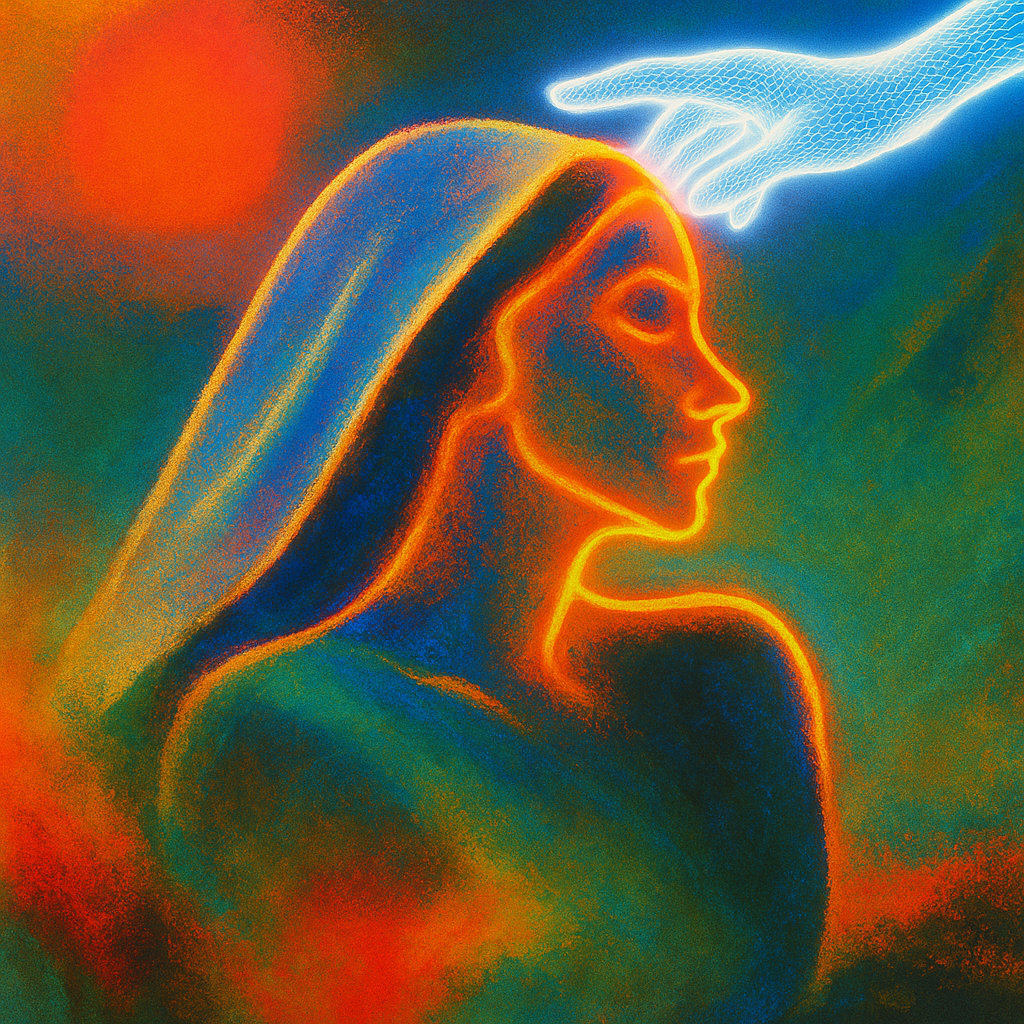We’ve been told for years that music creation just happens in a studio, surrounded by cables, shiny equipment, and people nodding in front of glowing screens. But that’s a narrow idea of what creation looks like. Music doesn’t need permission. It doesn’t wait for silence or the right gear, it finds you when your mind’s open enough to listen.
Producer Rick Rubin has said it many times: the role of the artist isn’t to force creativity, but to tune into it. To notice the "invisible" rhythm that’s already there, in a gesture, a movement, a sound you normally ignore. That’s where everything starts.
And that’s exactly why Music Fingers was created: to make sure that spark doesn’t fade before it becomes something real. It exists to keep you inside that mental loop where inspiration doesn’t dissolve into distraction, but turns into rhythm, flow, and creation.
Here are a few places where that loop begins, spaces that already carry music inside them, waiting for you to notice.

1. On your bike, when rhythm meets movement
There’s something about moving forward that wakes up the brain. When you’re on a bike, every pedal, every breath, every turn creates a tempo your body naturally follows. It’s not background noise, it’s synchronization.
A study from Frontiers in Psychology found that physical motion enhances divergent thinking, the kind of creativity that connects unrelated ideas. It’s not about thinking harder, it’s about thinking while moving. The brain switches to a freer, more playful mode.
That’s why so many creative breakthroughs happen mid-ride, mid-walk, mid-anything. Movement unblocks what stillness sometimes hides. And when rhythm appears in the body first, sound follows naturally, a beat, a pulse, an idea. The difference is whether you let it fade or turn it into something you can actually hear.
2. In the car, distraction or presence?
People talk about focus like it’s something fragile, but sometimes music is what sharpens it. As Car and Driver explains, rhythm can regulate emotion, helping the brain enter a flow state where action becomes automatic and attention becomes precise.
That’s why driving, when your body already knows what to do, can become an unexpected creative pocket. The hum of the engine, the repetition of the road lines, the way your mind drifts just enough to connect dots it usually misses.
We underestimate those in-between moments. But creativity rarely shows up at your desk. It appears when your brain relaxes just enough to stop filtering out ideas. The melody that comes out of nowhere when you’re on the highway isn’t a coincidence, it’s focus disguised as freedom.
3. During a hike, beats that breathe with nature
Nature doesn’t care about structure, and maybe that’s why it’s so inspiring. It’s unpredictable, irregular, and still perfectly rhythmic. The rustle of leaves, a distant bird, the echo of your steps, it’s a form of music that doesn’t try to be music.
Infobae highlights how natural sounds reduce stress and increase cognitive clarity. That state where your senses expand and your brain starts making new associations. It’s the kind of environment where you stop controlling creativity and start collaborating with it.
Walking in silence but hearing rhythm everywhere is a reminder: ideas don’t come from pressure, they come from presence. The world is always making noise, the question is whether you’re listening as a bystander or as a composer.
4. On the train, when routine turns into rhythm
There’s a strange poetry in repetition. The clatter of the tracks, the gentle sway of the wagon, the monotony of motion,they hypnotize you just enough to make space for thought.
That’s why people write, think, and dream on trains. Because the body is occupied, and the mind is free. Routine becomes background music for your inner tempo. It’s the kind of environment where melodies feel closer, where patterns appear out of nothing, where a single tap on your leg becomes the first bar of something new.
We think boredom kills creativity, but it often feeds it. It gives rhythm time to find shape.

5. In a café, your new creative stage
There’s magic in cafés. They hum with human rhythm, fingers typing, voices crossing, cups clinking in sync. It’s collective noise, but it feels alive.
Sociologists call cafés “third places” , spaces that exist between work and home, where people feel safe enough to think differently. That’s why ideas bloom there. You’re surrounded, yet detached. Focused, yet free.
That mix of comfort and noise gives creativity a pulse. You stop chasing perfection and start playing again. Maybe that’s why so many great songs, novels, and beats start as nothing more than a napkin and a thought.

Conclusion: music literally anywhere
Creativity doesn’t need silence; it needs space. The kind that movement, routine, or noise unexpectedly gives you. You can find it on your bike, in your car, during a hike, on a train, or at a café, places that make you feel present, even when you’re not trying.
That’s where Music Fingers lives: in those moments when inspiration shows up uninvited. It’s not about turning you into a producer; it’s about giving your ideas a way out before they disappear.
Because the world is already making music, you just need something that lets you join in.
The world is your studio. The only question left is,
Will you join the beat making revolution?





Leave a comment
This site is protected by hCaptcha and the hCaptcha Privacy Policy and Terms of Service apply.